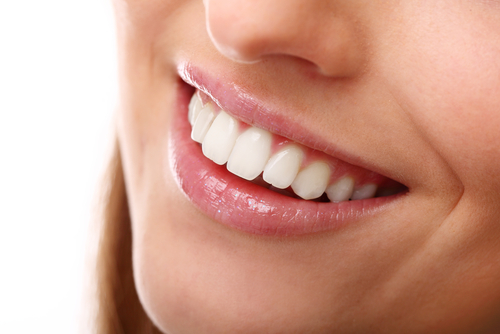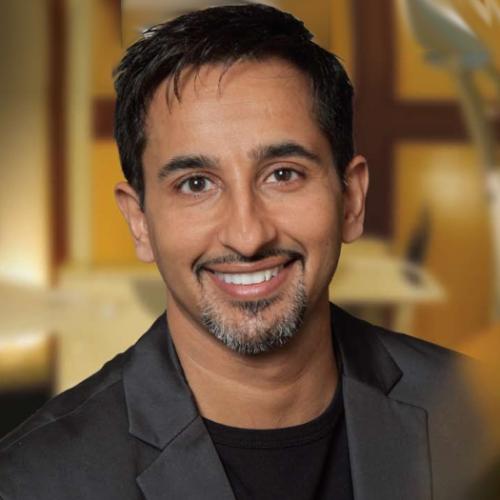Bridges: An Overview
Fixed bridges are one of the possibilities that exist for the replacement of one or more missing teeth. Other alternatives are dental implants and removable partial dentures.
Advantages of the fixed bridge include proven reliability and longevity. Disadvantages include cost, increased difficulty in proper cleaning by the patient, and occasionally, the necessity of preparing a tooth for an abutment (bridge support), which might not have been previously filled or even damaged.
One or more teeth can be replaced by a fixed bridge. The design of the bridge is affected by, among other factors, the number, strength, and position of the remaining teeth and the patient’s ability to properly clean the completed bridge.
The teeth that are to be the supports for the bridge are prepared similar to the preparation of a single crown. An impression is made of the prepared teeth and sent to an outside laboratory. While the bridge is being made, the prepared teeth are protected by a well-designed temporary bridge. Once the final bridge has been put in with final cement, it is not easy to get it off again without permanently damaging the porcelain and metal.
Your oral self-care must include thorough plaque removal, especially around the bridge. We will show you how to properly clean it. It is important that you follow our recommended dental preventive care schedule. Frequent examinations are one way to protect your investment and to maintain optimal oral health.
Bridges: Replacing Missing Teeth
Other problems also occur. The teeth adjacent to the space left by the missing tooth will eventually shift. If for example, a lower tooth is extracted, the opposing tooth in the upper jaw will grow slowly (or sometimes quickly) longer in a downward direction into the missing tooth space. This is called supereruption. The teeth on either side of the missing tooth space will move and tilt off their proper vertical axis and drift into the missing tooth’s space. This can make these teeth more prone to decay and gum disease because it is much harder to keep the teeth clean when they are not aligned properly. Root structure that is normally covered by gum and bone may become exposed. All this can happen if one tooth is lost.
Other major problems can occur if multiple teeth are lost.
- The distance from your chin to the tip of your nose decreases, making your face shorter.
- Loss of facial tone and shape
- Facial muscles of the cheeks and mouth sink into the extraction site
- Severe cosmetic problems when the extracted tooth’s space is visible when you talk or smile
- There is loss of self-image and self-esteem and a feeling that you are getting old
Once you start losing teeth, you can actually start to look old. Losing a tooth is pretty serious. The longer you wait after a tooth is extracted, the more difficult and expensive it can become to make the replacement you need. With very few exceptions, it is better to replace missing teeth as soon as possible. Evolution designed you to chew your food with 28 teeth.
We will discuss with you the type of replacement that would be best suited for you. You can choose to do nothing at all and leave the space or spaces, but as you can tell, this is not usually recommended. You can have a fixed replacement made that could be an implant, a conventional bridge, or a combination of implants and bridges. You could also have a removable partial denture made. The advantages of the fixed replacements are that they are not designed to come out of your mouth at any time, they are the easiest to live with, feel more like the original teeth, and are perhaps more cosmetic than removable dentures. A removable partial denture is held in place by metal clasps that may be visible. It is bulkier and may interfere with your speech for a period of time. However, generally, dentures cost less than a fixed replacement.
Your chewing apparatus, jaws, and teeth were evolved to function in a particular fashion. The interaction is complex and marvelous. Loss of teeth degrades this function. Preserve your health. Replace missing teeth as soon as suggested.



